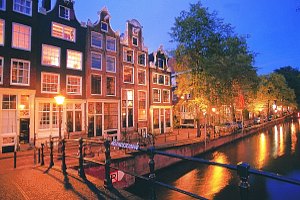 Private
tour on the dark History of Amsterdam in World War II
Private
tour on the dark History of Amsterdam in World War II  Private
tour on the dark History of Amsterdam in World War II
Private
tour on the dark History of Amsterdam in World War II
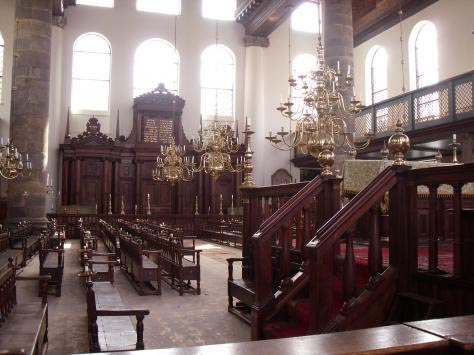
Above: The Portugese Synagogue dating from 1675. Open for visitors except for Saturdays.
===
"Dear Kees,
Phenomenal! Touring with you was like being friends with the top curator of a major art museum.
Your mountain of knowledge allowed you to zig and zag with our questions and flow seamlessly back into your captivating analysis.
Thank you for engaging each and every family member. It was a delight to be with you, and we feel lucky to have had the experience.
Sincerely,
Leigh and Daniel Levine and family, march 2018."
===
Dutch version / Nederlandse versie.
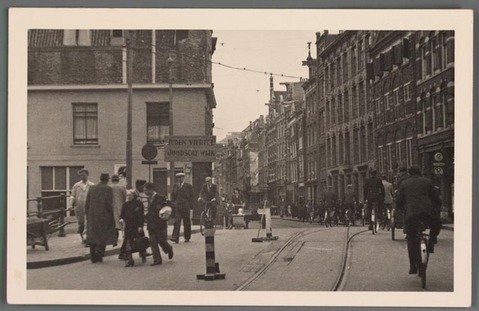 For the general population in Holland, the Second World War (1939-1945) came as a terrifying bolt out of the blue.
For the general population in Holland, the Second World War (1939-1945) came as a terrifying bolt out of the blue.
Everything seems to happen in Holland some 50 years later than in the rest of Europe, wrote Heinrich Heine. Starting in the eighteenth century, Holland had become an inward-looking, agricultural, old fashioned, sleepy, a petty-bourgeois Garden of Eden. The evil world outside had stayed well outside the national borders for many centuries, and Holland remained even untouched by the horrors of World War I between 1914 and 1918. In fact, these lowlands had not been overrun for many centuries - except perhaps for the more or less welcome invasion of French Napoleonic troops bringing the new-found ideals of Liberty, Egality, Fraternity in 1795. Oh yes of course, there had been some dangers way back in 1672.
On May 10, 1940 the German troops suddenly invaded Holland, Belgium and Luxemburg. Heavily outnumbered, the Dutch troops kept on fighting for four days until May 14th, when Rotterdam was flattened by the Germans in order to effectively quell all further military resistance. The threat was to flatten all historic Dutch cities in the same way. The queen and government fled by ship.
Thus within living history or living experience the Dutch had really no idea about resistance... how to think it up or shape or start any action against a foreign invader. Protestants had been taught for centuries to respect and obey the civic authorities put above the population and catholics were told to be meek. National and city government branches and the education system had been steeped in centuries in ideals of obedience and duty. All trains and buses kept on running and factories remained open after May 14, 1940.
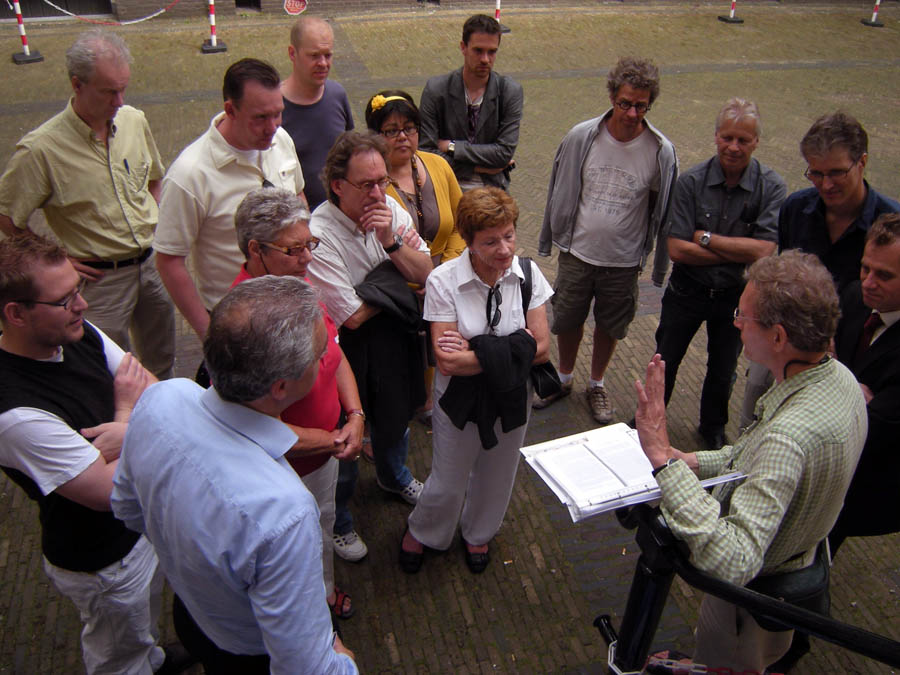
For Holland, World War II started in May 1940. Amsterdam life seemed to go on pretty much as normal at first. Slowly, with small incremental steps, salami tactics, the situation got difficult for the Jews, from scary to bad and then to worse. Jews were instructed by the authorities to wear a recognition star of David as a badge. And then they were to keep out of trams and buses, to keep out of public parks, to stay out of cafes and restaurants. Jewish teachers and students were expelled from schools. The great sorting between the "aryans" and the "Jews" had begun. A Jewish Quarter was cordonned off (see b/w photo above) ominously called "Juden viertel" or "Joodsche wijk". Tour of Jewish Amsterdam.
This was unprecedented and painful, but initially nobody, neither civilian nor government official knew what to do about dealing with the foreign authority during those first months of German occupation. Mayors and Aldermen went about their business as if nothing had happened, having to adhere to the dictates of German occupational rule.
The Jewish Quarter was sealed off and at nightfall by bridges and barriers that could be closed. In October 1942 large scale razzia's took place where great numbers of Jews were lifted from their homes.
Our tour will probably include:
The area of Jewish Historical Museum. Area of the Zoo with the "Hollandse Schouwburg" theatre from which Jews were deported. Also in the Zoo area, we may visit the site of the Attack across from the Resistance on the City Registry office of of Births, Deaths and Marriages. Then we go on to Statue of the Dockworker, reminding us of the workers' general strike against the deportation of the Jews. Then the Wertheim park monument. We will also see the Opera, built on site of the Jewish Quarter.
During our tour we will discuss the hiding places for persecuted Jews, such as the Anne Frank house. And we will discuss the many traitors and the general la-di-da attitude in the post-war era which was: "We all suffered, stop complaining". One of the painful public monuments of that era is the monument commemorating the heroic Protectors of the Jews, built in 1947 by a small committee of surviving Jews - one could say under duress -in the time when the self image of the Dutch was ecstatic: just about the entire Dutch nation had consisted of resistance heroes.
A large percentage of the Dutch were in fact no heroes at all. In 1940 there were about 140.000 jews in Holland of which 80.000 lived in Amsterdam - and after the war there remained only some 20.000 alive. This is a truly shocking statistic. No other country in Europe, perhaps except for Germany and Poland reached such levels off mass destruction. We will discuss the reasons why.
The map on the right was created in 1941 by a dutiful civil servant of the Statistics department: "Distribution of Jews across the city / Verspreiding van de Joden over de gemeente". The idea was to chart the Jews in Amsterdam, each dot representing 10 Jews. With hindsight and with knowledge of mass extermination this map sends chills up the spine. One of the first steps towards desk-driven white collar murder machine.
A large Theatre, the Hollandsche Schouwburg, served at the 'holding pen' of arrested Jews bewore they were shipped eastword. This building is at Hollandsche Schouwburg at 10 minuted walk. In the way we pass the statue of the Dockworker, commemorating the WW2 laborours strike, initiated to protest against rounding up the Jewish population. For the general population in Holland, the Second World War (1939-1945) came as a terrifying bolt out of the blue. Around the corner of the Hollandsche Schouwburg near the Zoo entrance is the Resistance museum, with objects and explanations and the Dutch actions against the German occupier.
A big story of the resistance is to keer massive numbers of people in hiding. They needed food daily and for this a whole machinery was set in motion providing cash and counterfeit food distribution coupons.
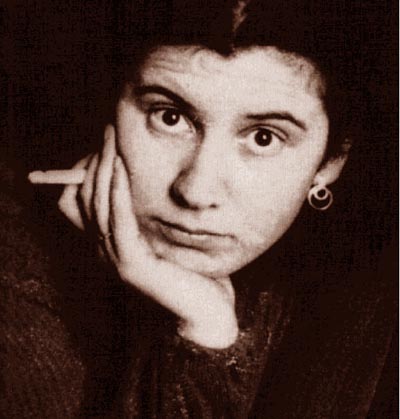 A discussion of Dutch Jewish authors are part of this tour. To the right is a photo of Etty Hillesum, who wrote a stunning diary during WWW2 - an incredible story about how this free spirit lived a full life under German occupation. Her apartment looked out over Museum Square, an area cordoned off by the German military.
A discussion of Dutch Jewish authors are part of this tour. To the right is a photo of Etty Hillesum, who wrote a stunning diary during WWW2 - an incredible story about how this free spirit lived a full life under German occupation. Her apartment looked out over Museum Square, an area cordoned off by the German military.
Close by is Beethovenstraat with stories about Jews and German forces and security offices and some ill-fated Resistance attacks.
"Just wanted to thank you once again on behalf of our group for a great tour. Everyone enjoyed it." Scott Zies, Canada, 2011.
Read a biography.
Berlin World war II tours. Excellent!
Spotting the Rich & Famous inhabitants in the Golden Age.
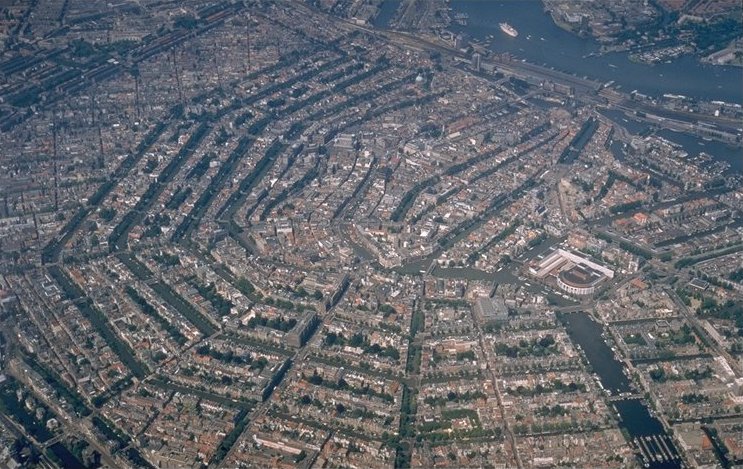
Amsterdam, North Holland. Above is the Aerial photo shows Amsterdam, North Holland. To the left you see the square grid of the Jordaan district, built in the early 17th century for artisans and the poorer souls. Next to it you see the four grand, major tree-lined curving canals: counting from the outside to the inside they are named Prinsen (Princes) gracht, Keizers (Emperors) gracht, then the most important one, the Heren (Gentleman's) gracht and finally the Singel. Thus the order is PKHS, Please Kiss Her Softly.
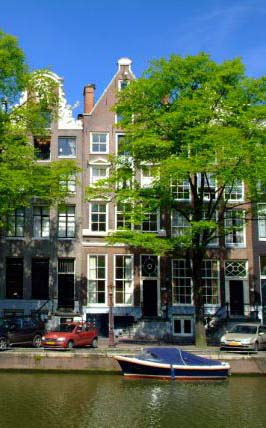

As an art historian based in Amsterdam, The Netherlands, I can meet you in Amsterdam for a personalized guided tour of art museums and the historic center. Great Amsterdam tours!
Together we will experience the beauty and history. Enjoy yourself and learn about history while strolling and discussing the country's history, art and culture. In doing so, we may touch a number of bases - spanning not only fine art and architecture but also the city's history and current social issues.
See client testimonials.
Read a biography.
Starting at your hotel I will take you on a wonderful private cultural walking tour of your choice. My guided itinerary offers you accessable informative conversation in English, Dutch, or German (my French and Italian are more limited).
See Amsterdam in 1842 (Map with dots indicating where the high and mighty lived in Amsterdam, in the seventeenth century)
You may also arrange this VIP treatment for business contacts or friends. Our cultural tour organisation office will take care of a unique and memorable experience.
Drs. Kees Kaldenbach is your private "scholar-lecturer on culture tours" *.
*Martha Gellhorn, Travels with Myself and another, p. 182.
Drs. Kaldenbach is chairman of the Circle of Academic Tour Guides of the Netherlands and Flanders (CATON)
Please contact me for time and fees of the tailor-made tour you ar interested in.
These tailor made tours are available upon request - please contact me to book a date. Minimum group size: 1 person. Maximum group size is limited to about 10 persons. With a megaphone I can also manage larger groups on the streets.
Photo by Dick Martin.
Visit a large architectural cultural site on Amsterdam at Startamsterdam.com
Old maps on http://watwaswaar.nl
Endorsements
The Rijksmuseum has done me the honor of linking the main Rijksmuseum site to my website. Start at www.rijksmuseum.nl and select Collection. Then choose 'Digital Collaboration' and the 'Digital Vermeer House'.
I conduct Rembrandt walks in Amsterdam for the Netherlands Bureau of Tourism, London and New York City offices. Their clients include important journalists.
The travel site www.luxurytraveler.com has devoted a main feature to my tours and walks.
Read further client testimonials.
Read a biography.
Drs. Kees Kaldenbach has been featured in television and radio documentaries, including BBC2 TV, NTV Japan, Danish TV and Radio Netherlands World Service. In July 2004 he was interviewed about Delft artists by Tetsuya Tsuruhara for the leading Japanese newspaper The Yomiuri Shimbun. In 2004 and 2005 he acted in an advisory role to additional BBC teams. Kaldenbach has written extensively on Vermeer and 17th century Delft, on Vincent van Gogh and on other art history topics.
Drs. Kees Kaldenbach is your private "scholar-lecturer on culture tours".
Further information is available on his encyclopedic web site: www.johannesvermeer.info
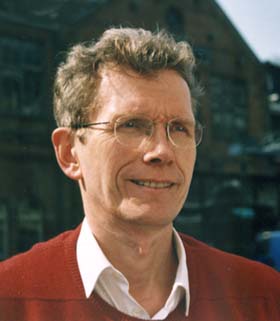 Contact
information:
Contact
information:
Drs. Kees Kaldenbach , kalden@xs4all.nl
Haarlemmermeerstraat 83 hs
1058 JS Amsterdam
The Netherlands
telephone 020 - 669 8119 (from abroad NL +20 - 669 8119)
cell phone 06 - 2868 9775 (from abroad NL +6 - 2868 9775)
Reaction, questions? Read client testimonials.
Open seven days a week.
Member of the VVV Tourist information and the Amsterdam Chamber of Commerce (Kamer van Koophandel).
Email responses and bookings to art historian Drs. Kees Kaldenbach.
This page forms part of the 2000+ item Vermeer web site at www.xs4all.nl/~kalden
Updated May 11, 2013. Updated 14 february, 2017.